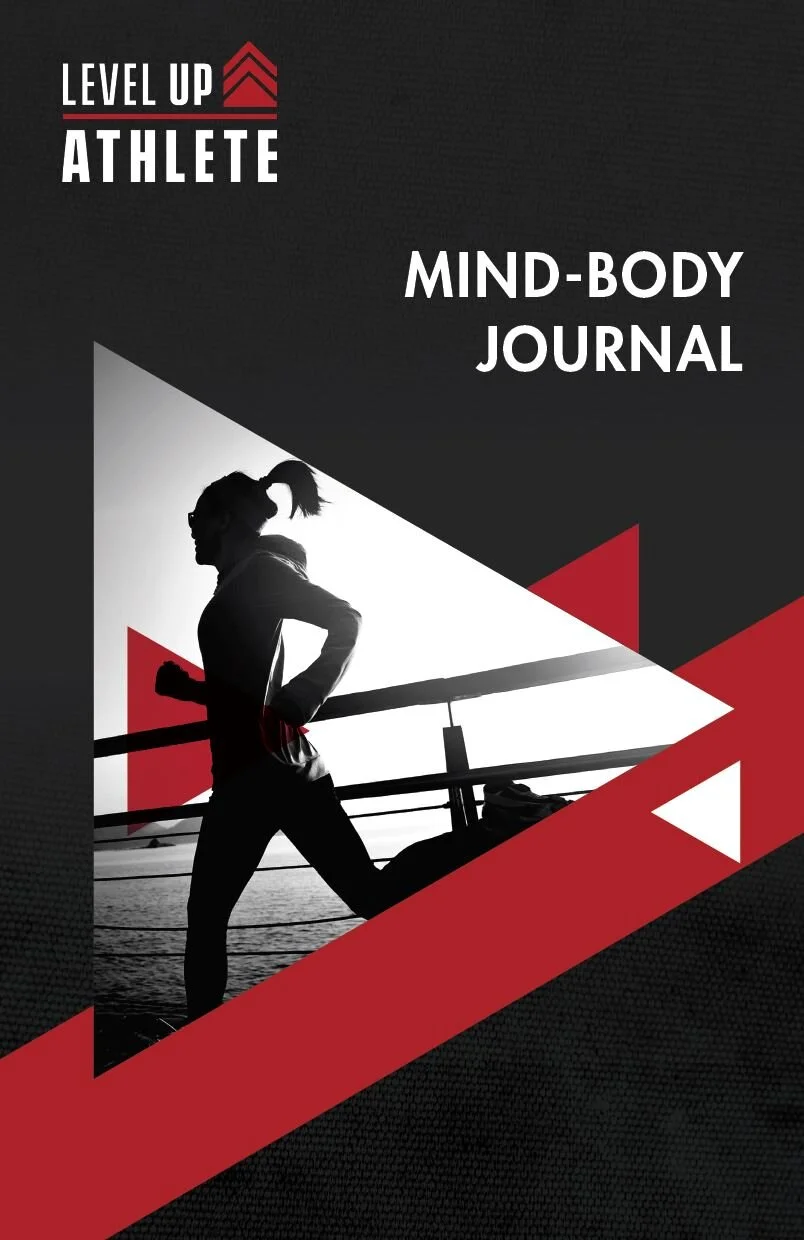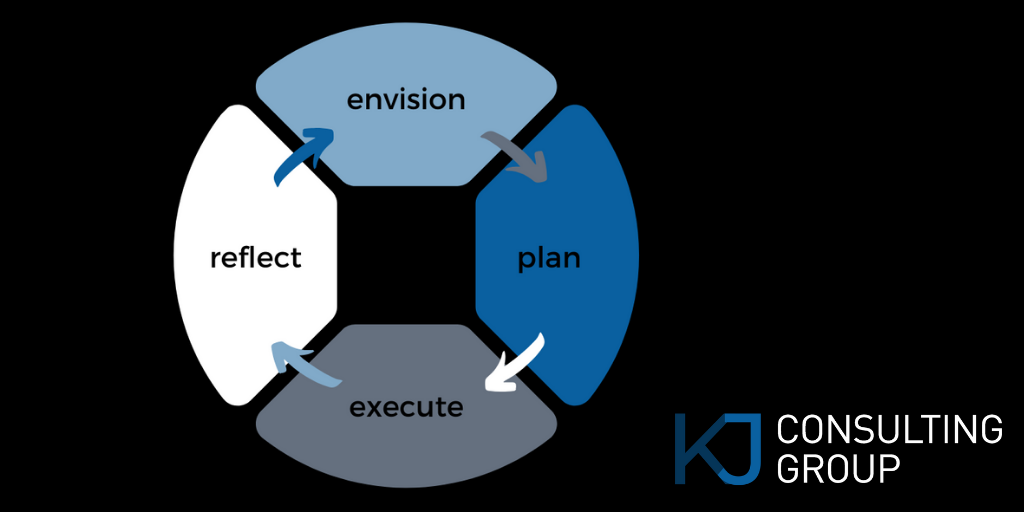We tend to hear about people, myself often included, making New Year's resolutions framed in changed behaviors: I will workout MORE; I will eat MORE healthy foods; I will drink LESS; I will work LESS, and so on. This year I am taking a different approach - focusing on strategies that are rooted in research about how our minds and bodies are deeply connected, particularly as we navigate inevitable stress.
Earlier this week, I heard that about 50% of Americans will NOT make resolutions this year at all. I’m not sure of the methodology behind this stat, but I get it. The past two years were not what we expected, and yet here we are ringing in another new year marred by the pandemic. So instead of narrowing in on the habits I could add to or take from my life, I’m approaching the year ahead with intentional grace for myself. I’m pondering: What are practices I already engage in that I can more intentionally continue to feel healthy, happy and whole? What are the things that I already know can serve me well, regardless of the inevitable ups and downs that 2022 has in store? This mindset flip is allowing me to reflect on what went well in 2021 despite all the challenges it brought. And what has evolved for me is a mantra of sorts: In 2022, I will breathe | move | connect | reflect. (Shh- these are all things I’m already doing!) Bonus, this is inspired by research by scholars including Dr. Bruce Perry about how stress impacts the mind and body, and how we can navigate stress through mind-body strategies. Let’s dig in.
I will continue to breathe. I breathed my way through 2021- and so did you. Let’s pause to celebrate our collective presence. For me, continuing to breathe looks like taking moments of pause in my days. When kids are upset, adults often ask them to take a deep breath before they begin to unpack what’s behind the tears. The power of breath can be infinite if we notice our inhales and exhales, and rest in their beauty. So for me, a continued commitment to breath is a commitment to noticing what I am drawing in and out. Nothing fancy: I may time it, I may not, depending on the day. But I know this is a practice I want to and very easily can continue doing for myself in 2022 to keep me grounded.
I will continue to move. Not a specified number of miles a day or workouts per week or minutes on a bike. Instead, I will simply make myself a promise to continue to move. It may be an intense workout; it may not. But I will relish in the knowledge that a short midday walk brings me calm and that a softball game with my friends can do the same. In 2022, I will continue to think about movement in a way that is broader than “SMART goals”; motion that’s not attached to a quantifiable outcome but motion that simply energizes my body and mind.
I will continue to connect. Perhaps most importantly, I know my sense of self is stronger and my outlook on the world happier when I am in community. Sometimes this is in community with friends, other times it’s with my family, and sometimes it’s with the other dog owners at the park. The ability to converse and be present with others brings me joy, and we know that being in community is a deep, innate human need. And for me it’s not about doing that any differently in the new year, but rather continuing it.
I will continue to reflect. My reflections don’t always look like they’re “supposed to.” I don't journal in the same notebook (I have about three where I store my musings, along with a few Google and Evernote documents) nor at the same time of day. Scheduled reflection may totally work for you. But regardless of how, where or when it’s done, I know that reflection brings about my personal growth. And in allowing my brain to think back in order to move forward, I am doing myself an important service.
Reflecting in this way allows me to look back at moments that uplifted me in 2021. It gives me time to think about what was instead of what was not. And to frame my reflections with a focus on what I want to keep doing - not what I want to change. This mindset gives me grace and the ability to enter 2022 with a commitment to staying grounded in what is good for my brain and body.
Breathe | Move | Connect | Reflect. That’s my “formula” for personal balance and one I like the ring of. As you all know if you’ve been following my recent work, the majority of my workshops have focused on how the brain and body are interconnected, and the importance and power of embracing our feelings and emotions as a natural part of us. These four words are becoming not only my personal formula for balance but one I am ready to integrate into my work life as well. As we allow ourselves to Breathe | Move | Connect | Reflect, we can encourage others to do the same, and strive to co-create safer spaces where we all can make room for our own humanity to thrive.











